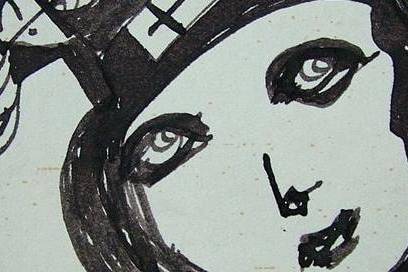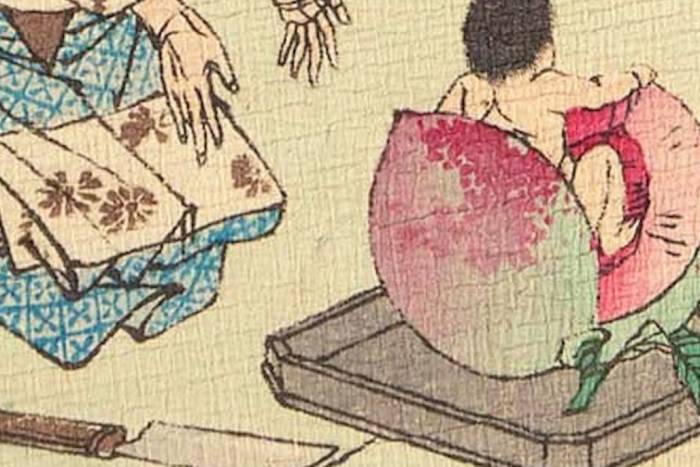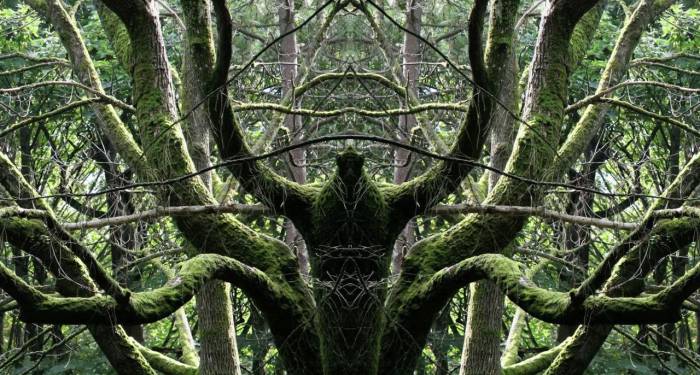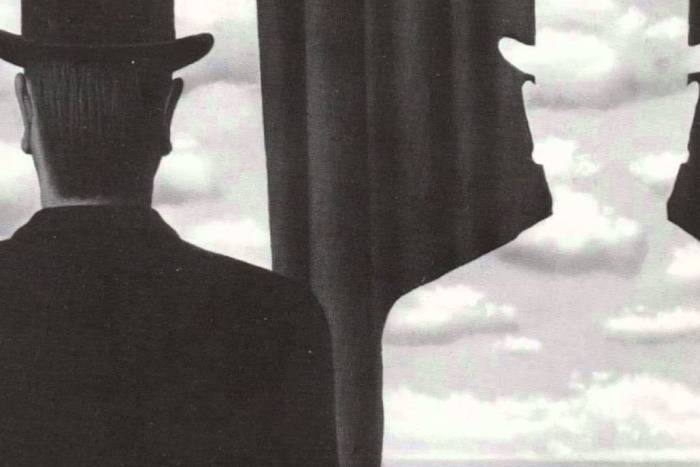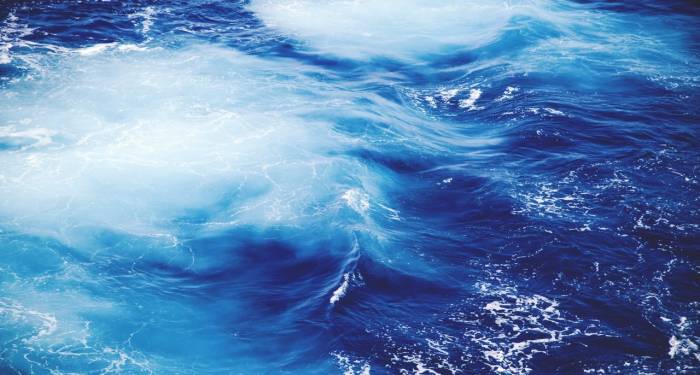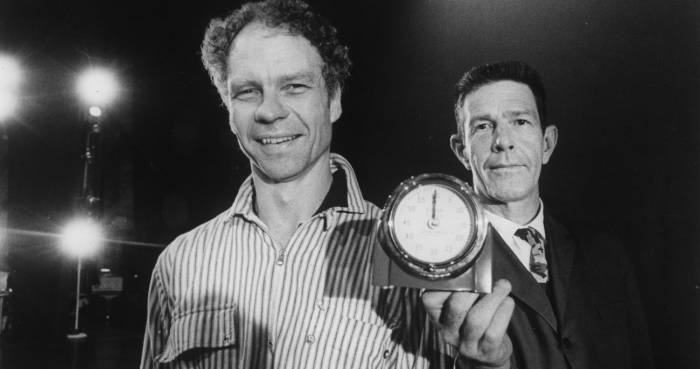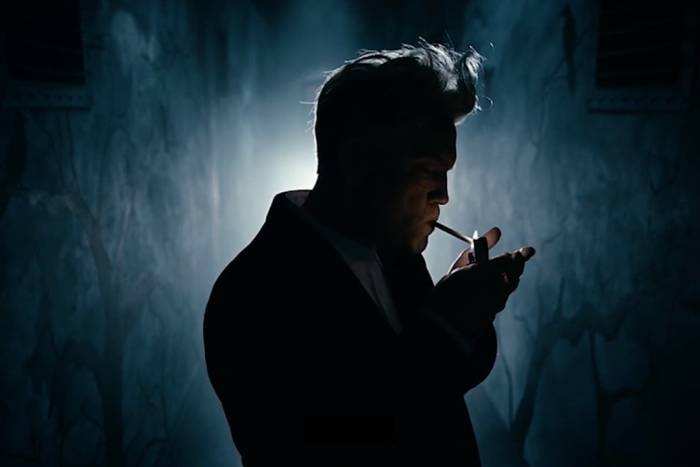Effect and Construction: The Work of Bernard Pras
The artist’s installations and paintings are an entertaining trap for our gaze.
There is more than one way to go about painting. Throughout history, artists have carried out all sorts of experiments, always with the purpose of placing on the canvas the elements that will communicate their message, that will make the prowess evident or that will portray the character. Stains, lines and dots intertwine to create a landscape or a face, these, however, are isolated elements that in communion lead to the genesis of a work. It all begins with the glow of the white canvas or the darkness of black. Whether it is gods, kings, life or concepts, throughout all ages, the main interest has been to represent.
The work of Bernard Pras (France, 1952) is based on constructions derived from everyday objects; playful constructions that, by assembling toys or cleaning products, produce an image in the same way that lines and blotches coordinate to emit a graphic or pictorial result.
Pras explains his work in terms of anamorfosis, an optic effect first described in Piero della Francesca’s perspective studies. Della Francesca was an Italian painter who during his age was also considered a distinguished mathematician. Anamorfosis consists of images that can only be appreciated from a certain angle, since they would appear completely chaotic from any other perspective. A number of Pras’ installations and paintings use this unique point of view.
There are two clear examples that his work reminds us of. The first is 16th century Spanish painter Giuseppe Arcimboldo, celebrated for his still lifes of objects and animals. The second great influence is Vik Muniz, the Brazilian artist who in 2006 became famous for his Portraits of Waste: large scale representations of classic paintings made entirely out of garbage.
Every individual is a world, and in every mind you will find a unique solution to any common problem. In the case of the arts, the challenge is to find the exception; to break the space-time continuum where every day acts take place and astound, engage and question an anxious viewer, who fervently desires to be consumed by the work of art.
Related Articles
Pictorial spiritism (a woman's drawings guided by a spirit)
There are numerous examples in the history of self-taught artists which suggest an interrogation of that which we take for granted within the universe of art. Such was the case with figures like
Astounding fairytale illustrations from Japan
Fairy tales tribal stories— are more than childish tales. Such fictions, the characters of which inhabit our earliest memories, aren’t just literary works with an aesthetic and pleasant purpose. They
A cinematic poem and an ode to water: its rhythms, shapes and textures
Here lies One Whose Name was writ in Water. - John Keats Without water the equation of life, at least life as we know it, would be impossible. A growing hypothesis holds that water, including the
Watch beauty unfold through science in this "ode to a flower" (video)
The study of the microscopic is one of the richest, most aesthetic methods of understanding the world. Lucky is the scientist who, upon seeing something beautiful, is able to see all of the tiny
To invent those we love or to see them as they are? Love in two of the movies' favorite scenes
So much has been said already, of “love” that it’s difficult to add anything, much less something new. It’s possible, though, perhaps because even if you try to pass through the sieve of all our
This app allows you to find and preserve ancient typographies
Most people, even those who are far removed from the world of design, are familiar with some type of typography and its ability to transform any text, help out dyslexics or stretch an eight page paper
The secrets of the mind-body connection
For decades medical research has recognized the existence of the placebo effect — in which the assumption that a medication will help produces actual physical improvements. In addition to this, a
The sea as infinite laboratory
Much of our thinking on the shape of the world and the universe derives from the way scientists and artists have approached these topics over time. Our fascination with the mysteries of the
Sharing and collaborating - natural movements of the creative being
We might sometimes think that artistic or creative activity is, in essence, individualistic. The Genesis of Judeo-Christian tradition portrays a God whose decision to create the world is as vehement
John Malkovich becomes David Lynch (and other characters)
John Malkovich and David Lynch are, respectively, the actor and film director who’ve implicitly or explicitly addressed the issues of identity and its porous barriers through numerous projects. Now



